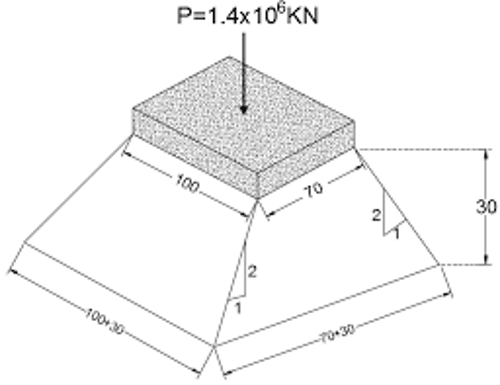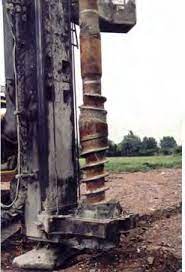danyul
Geotechnical
- Jun 16, 2006
- 42
Next door is an existing mat foundation about 4.5 feet thick and embedded a couple feet. Designers are planning 20-80 foot deep auger cast piles very nearby. Maybe 5 feet away?
I’m concerned about any effects on the existing mat when we put in the ACIP.
Any suggestions?
I’m concerned about any effects on the existing mat when we put in the ACIP.
Any suggestions?


